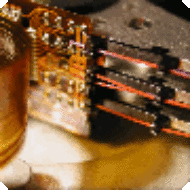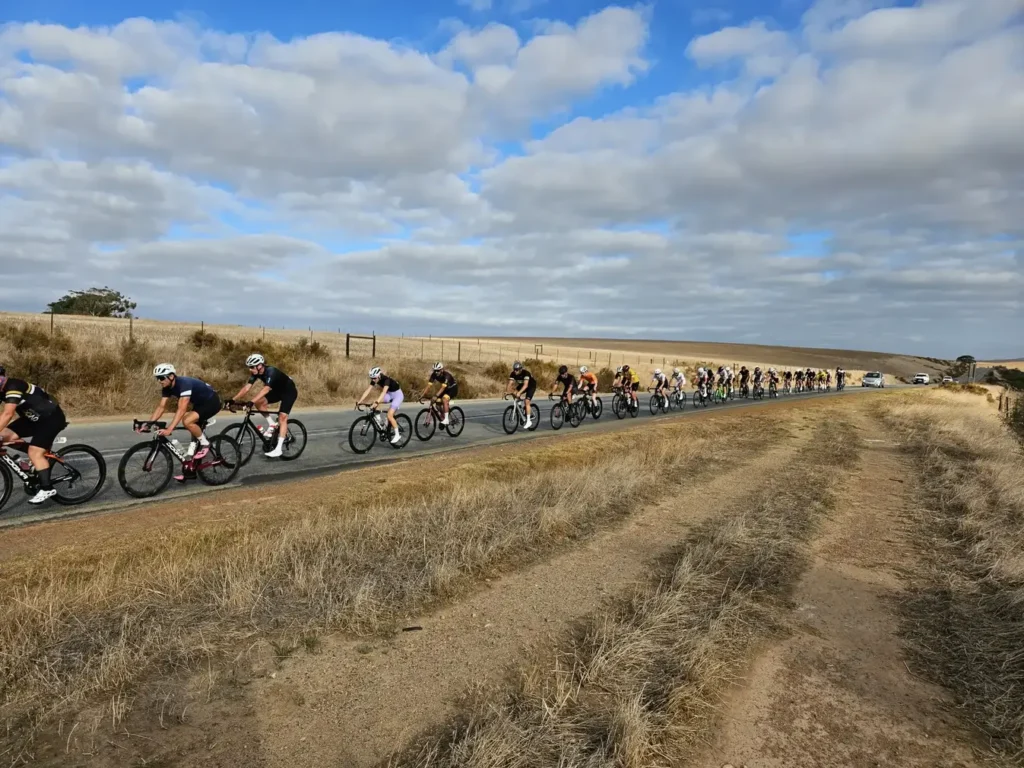HAMNET assists the 99ER Cycle Tour every year with emergency communications work. All our communications and tracking is done via radio, so no Internet or cellular communications are used. This covers the whole route from Durbanville out to Malmesbury and back. We have a radio control situated at the JOC in Durbanville which coordinates all our radio comms and monitors the locations of all our members as well as sweeps and ambulances that are carrying our radio trackers.
Some HAMNET members are roving along different segments of the 45 km, 76 km, and 95 km routes, whilst others are doing static duties at problem areas. I was doing static duty before one of the narrow single lane bridges on the R304. My job was to watch for packs of riders approaching the long straight before my position, and to warn another HAMNET member who was standing on the far side of the bridge with a traffic officer, so that they could close the bridge to vehicular traffic before the riders reached the bridge. I could also alert them to when the rider volume drops so that they can reopen the bridge to let vehicles through.
On the technology front, we mainly use:
- Two high site radio repeaters that cover most of the route for voice comms and will relay between all of us and the JOC control.
- In our vehicles we use various VHF mobile radios which would reach the repeater sites.
- The static members would be using their portable radios using simplex VHF frequencies — short range for direct local comms.
- APRS is used for the tracking of vehicles, ambulances etc. It is radio based and some mobile radios have APRS functionality built in, whilst the rest will carry one of our portable APRS trackers with them. This allows Control to see where everyone is in real-time.
- Two mobile APRS digipeaters were located on hills to help cover any blind spots.
- The mobile weather station connects via a radio to send weather telemetry over APRS.
Exercises like this allow us to practice our radio and teamwork for if we do need to be of assistance during disasters where there may not be any Internet or cellular communications. Although this exercise was all short range (under 50 km) our HF radios, and digital modes over them, allow us to communicate and send e-mails over 10,000 km or more.
See photos at https://photos.app.goo.gl/WUsvUUhzD7G5BvTp7

